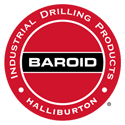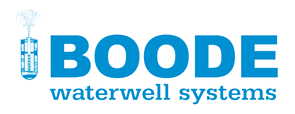Temporary Drinking Water Supplies
22 March 2014Everyone knows that safe, clean, drinking water is essential for life. But if you live in an established community in a developed country you probably take for granted reliable access to drinking water. In reality, the drinking water you get is the outcome of years of effort by engineers and scientists, and the result of large investments by the communities and water supply companies.
However, there are many situations where drinking water is urgently needed, but the raw water source is not fit to drink. Thankfully, technologies are available to transform potentially contaminated water into clean drinking water. This blog describes some of the issues around modular, portable drinking water treatment systems available for use in temporary and emergency situations.
Situations where temporary drinking water treatment may be needed include:
- Disaster relief areas
- Refugee camps
- Construction sites
- Mining camps
- Remote communities.
In Disaster Relief Areas, existing water supply infrastructure may fail (for example due to storm damage, earthquakes or other natural disasters), leaving the population with no safe source of drinking water. If Refugee Camps are set up then the rapid growth in population can overwhelm existing drinking water supply arrangements. In these cases, temporary water treatment systems, perhaps pumping raw water from wells or lakes can be a vital part of recovery operations and help prevent the spread of water-borne illnesses.
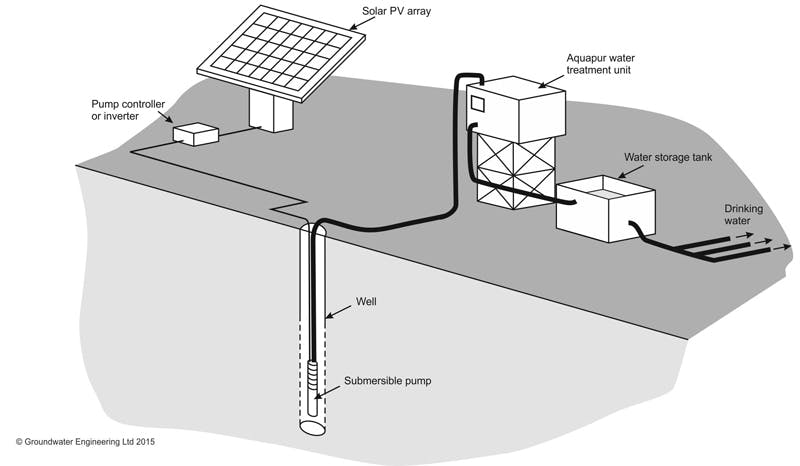
In other circumstances, there may be a need to set up temporary worker accommodation for Construction Sites or Mining Camps. Modular water treatment systems can be an ideal drinking water supply solution here also. These techniques can also be used for other Remote Communities.
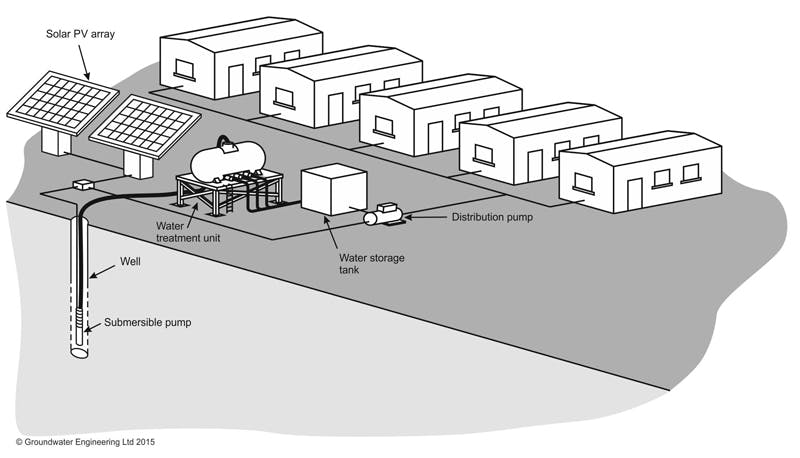
These conditions need temporary drinking water systems which can supply cheap, reliable and safe drinking water, ideally using equipment which is easy to transport, install and relocate without the need for intensive maintenance or specialist operational skills.
RISKS OF POOR WATER QUALITY
In remote locations and in areas where municipal water is of poor quality or cannot be relied upon, the two main raw water sources which could be used for drinking water are surface water and groundwater. Each water source has its own risks and problems.
In general surface water, whether flowing or stagnant, is very vulnerable to contamination. Common sources of contamination include sewage effluent, surface runoff, or industrial pollutants from sources far upstream. However, even small streams may be contaminated by animal waste and pathogens. The presence of dead animals in water upstream is not uncommon. In many parts of the world, water may be contaminated by bacteria, viruses, protozoa or parasitic worms from human and animal waste or pathogens which use other organisms as an intermediate host. Pathogenic strains of bacteria such as E Coli can survive briefly outside the body, to infect new hosts. Water treatment is needed to allow these sources to be used safely.
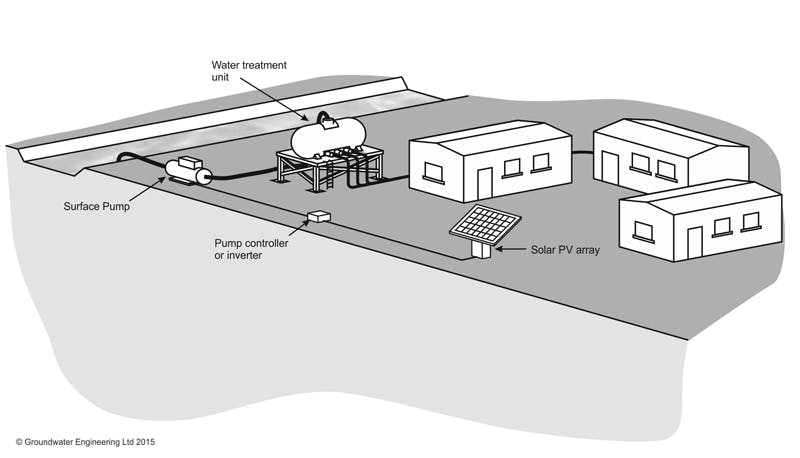
Groundwater from wells, boreholes and springs is sometimes thought of as being a ‘less contaminated’ source of water than surface water, because of the natural protection and filtration effects provided when the water infiltrates through the aquifer. This is sometimes true, but shallow, unconfined aquifers can be very vulnerable to the infiltration of near surface pollution down to the water table. Common water quality problems are: bacterial contamination of groundwater due to poor latrine disposal of human waste close to supply wells; uncontrolled disposal of industrial chemicals leaching into the groundwater table; surface flood waters contaminating groundwater wells. Pathogenic viruses and parasites can also be present in groundwater. Water treatment is needed to allow these sources to be used safely.
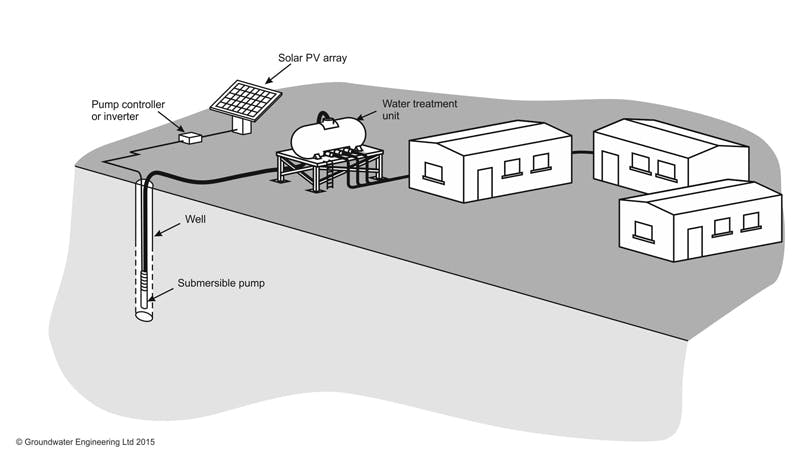
The health risks of drinking contaminated water can be significant, especially for vulnerable populations, children and the elderly. Serious illness and even death can result from contaminated drinking water.
TEMPORARY DRINKING WATER SYSTEMS
A range of modular water treatment systems are available, which are suitable for use in remote locations and emergency situations to transform contaminated water from almost any non-saline source into safe, clean drinking water. Examples of untreated water (left hand glass) and treated water (right hand glass) are shown below.
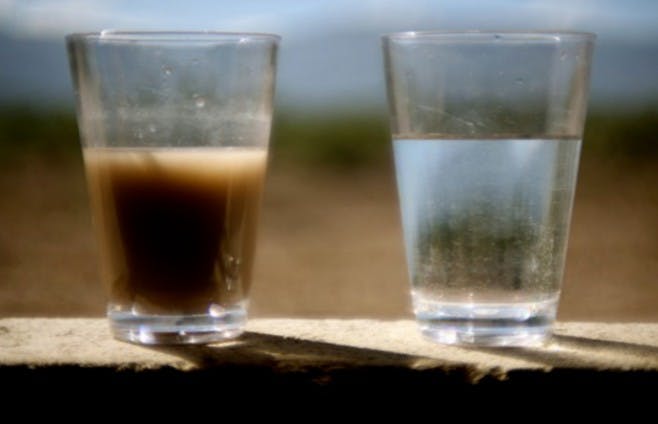
These modular water treatment systems are designed to:
- Operate without the need for electrical power (once water is lifted or pumped into the treatment unit inlet water feeds out by gravity flow – if pumps are used these can be solar powered).
- Require no specialist skill for installation or routine maintenance.
- Be easily transported, installed and maintained at very low cost, requiring minimal training to operate.
- Require only very occasional, simple replacement of consumable items (typically filters).
- Withstand the extremes of the elements and successive relocation, by being strongly made from robust materials.
These type of water treatment systems are typically rated for a maximum output of treated water (in litres per hour or litres per day), provided that an adequate supply of raw water is available. Multiple units can operate in parallel if the demand of clean water supply is higher, and if sufficient raw water is available.
A typical treatment technology for temporary and emergency water treatment is based on nanofiltration, sometimes augmented by activated carbon filtration. These filters can filter out contamination bigger than 15 nanometres—including viruses, bacteria, and heavy metals. The units work by passing the raw water though the filter, purifying the water. Each filter has a finite capacity to treat water, and must be replaced or cleaned once it is exhausted. The best technologies operate in a fail safe manner so that the treatment unit stops once the filters have reached their limit, so that contaminated water is not produced.
These filtration systems, when used appropriately, will remove bacterial and microbiological contamination and many kinds of chemical contamination. However saline water cannot be converted to drinking water by these means.
It is important to select the raw water source with the lowest levels of visible contamination and suspended solids – on other words always use the clearest water. Using dirty water will reduce the life of the filters and affect the efficiency of the system.
Production of large volumes of treated drinking water requires a reliable continuous input of water. This can be achieved using solar powered water pumps, as described in a previous Groundwater Engineering Blog.
For more information on available water treatment technologies download Groundwater Engineering’s presentation on Emergency Water Treatment Systems.
Blog
Dewatering for Basement Construction
12 March 2016Groundwater can be a significant problem when excavating for basement construction. This blog discusses the available techniques that can be used to dewater during basement construction.
Read More
